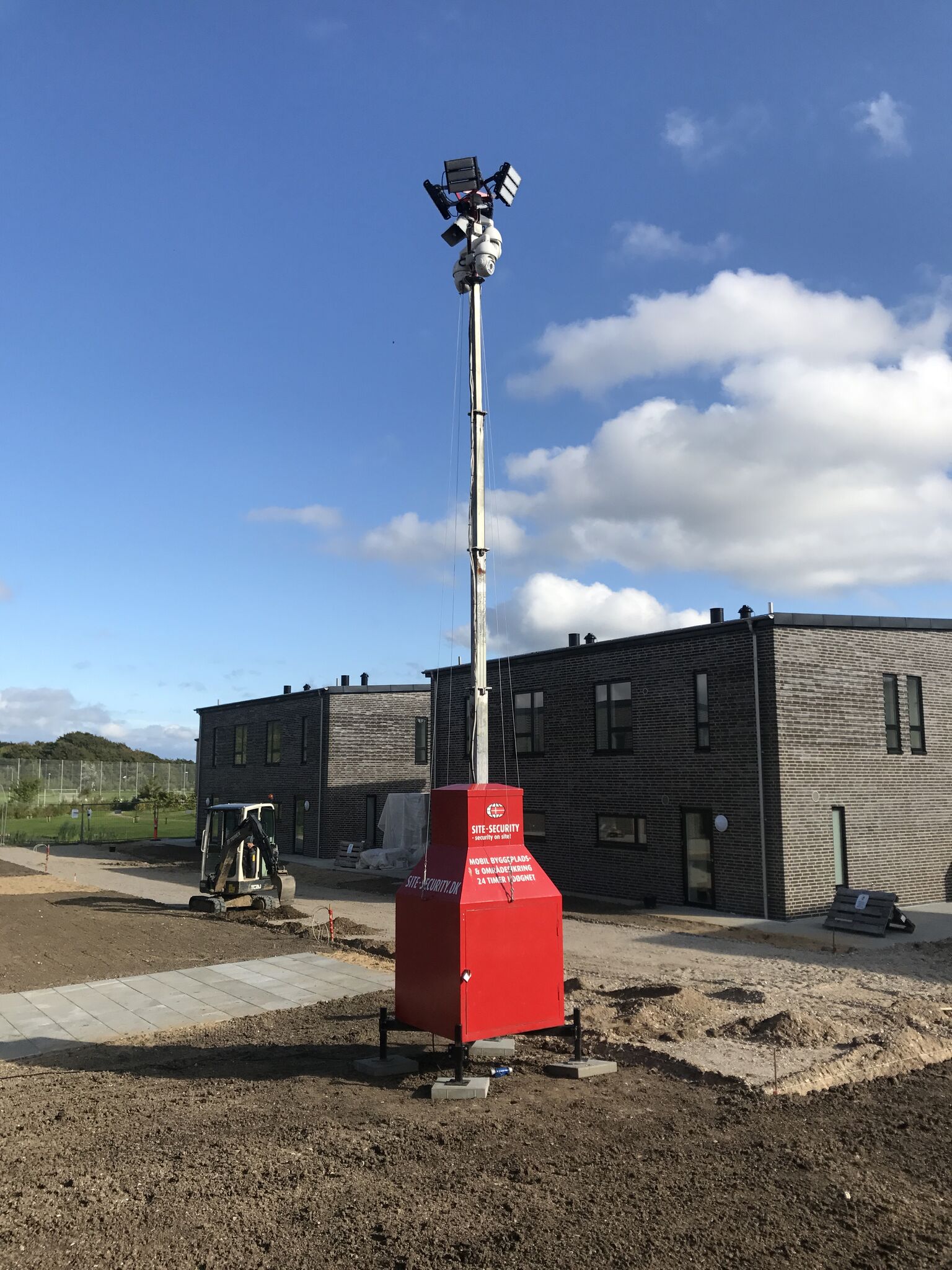In an age where security is paramount, ensuring the protection of physical spaces is a critical concern. Site security is a multifaceted discipline that encompasses various strategies and technologies to safeguard properties. This article explores the nuances of site security, examining its key components, emerging trends, and the imperative role it plays in safeguarding assets.
I. Site Security Essentials:
A. Perimeter Protection: The first line of defense for any site is its perimeter. This involves erecting barriers, such as fences and walls, and implementing access control measures to monitor and regulate entry. Modern advancements in perimeter security include smart fences with intrusion detection systems and video analytics.
B. Access Control Systems: Controlling who enters and exits a site is fundamental to its security. Access control systems, ranging from traditional keycard systems to biometric recognition, play a crucial role in managing permissions and monitoring movements within a secured area.
C. Surveillance Infrastructure: Robust surveillance systems are integral to site security. High-definition cameras, strategically positioned across the premises, coupled with real-time monitoring, act as a deterrent and provide crucial evidence in the event of an incident. Integration with analytics and artificial intelligence enhances the efficacy of surveillance.
II. Emerging Technologies in Site Security:
A. Unmanned Aerial Vehicles (UAVs) for Aerial Surveillance: Leveraging UAVs for aerial surveillance is an emerging trend in site security. Drones equipped with high-resolution cameras and thermal imaging capabilities provide a bird’s-eye view of the site, enhancing situational awareness and response capabilities.
B. Smart Sensors and IoT Integration: The Internet of Things (IoT) has revolutionized site security by enabling the integration of smart sensors. These sensors, embedded in doors, windows, and other critical points, communicate data in real-time, allowing for swift responses to breaches or anomalies.
III. Personnel and Training:
A. Security Personnel: Well-trained security personnel are the backbone of any effective site security strategy. Hiring and training security guards equipped with the knowledge to respond to various situations is essential for maintaining a secure environment.
B. Emergency Response Planning: Developing comprehensive emergency response plans ensures that security personnel and site occupants are adequately prepared to handle various crises. Regular drills and training sessions contribute to a proactive approach in mitigating potential threats.
IV. Site Security in Specialized Environments:
A. Critical Infrastructure Protection: Sites housing critical infrastructure, such as power plants and data centers, require heightened security measures. Advanced technologies, including biometric access controls and redundant surveillance systems, are crucial in protecting these sensitive locations.
B. Construction Site Security: Construction sites pose unique challenges, including the constant flux of personnel and equipment. Implementing mobile surveillance solutions, access control for restricted areas, and theft deterrent measures are essential for securing construction sites.
Conclusion:
Site security is a dynamic field that necessitates a multifaceted approach to address the evolving nature of threats. By integrating cutting-edge technologies, training personnel effectively, and tailoring security measures to specific site requirements, organizations can fortify their boundaries and protect their assets. As technology continues to advance, the landscape of site security will undoubtedly evolve, requiring a proactive and adaptive mindset to stay ahead of potential risks.

